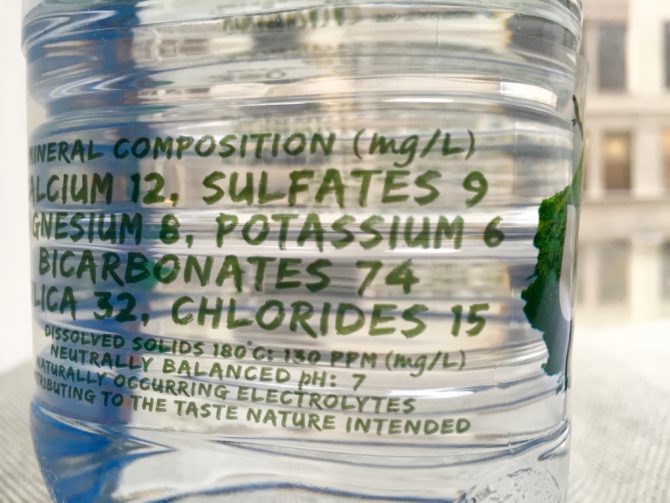In a world where knowledge about what we eat and drink is on the rise, it’s time to debunk these two commonly confused terms.
Sulfates

Photo by Kristine Mahan
Sulfates are a type of mineral salt that contains sulfur. These minerals are found most abundantly (and naturally) in soil because they’re the byproduct of decay from animal and plant materials. However, they’re also introduced into the environment though industrial waste.
So why does your food or beverage have sulfates in it? They’re probably there by natural processes. Most commonly you’ll find sulfates in natural spring water as it contains abundant minerals from where and how it was sourced.
Look for it’s content measured in ppm (parts per million) or mg/L (milligram per liter). Sulfates are safe for moderate consumption and since they are minerals after all, they’re necessary for healthy bodily functions.
Sulfites

Photo by Kristine Mahan
Sulfites are a preservative and should definitely not be found in your bottled natural spring water. Sulfites are infamously associated with wine as they preserve the volatile beverage from going bad. Rapid bacteria or yeast growth aren’t things you want in your wine, and the Romans didn’t want those either.
This isn’t a new-age practice of chemical addition for preservation, wine is just one of the only products that discerns it on the label clearly. In the US, there are laws in place restricting how much can be safely used. Anything from canned tunafish to dried apricots can have added sulfites.
Their addition to foods and drinks can be a problem for some with sensitivities to sulfites, but it’s a small percentage of the population. Sulfites are most commonly measured and indicated on labels as ppm (parts per million).


